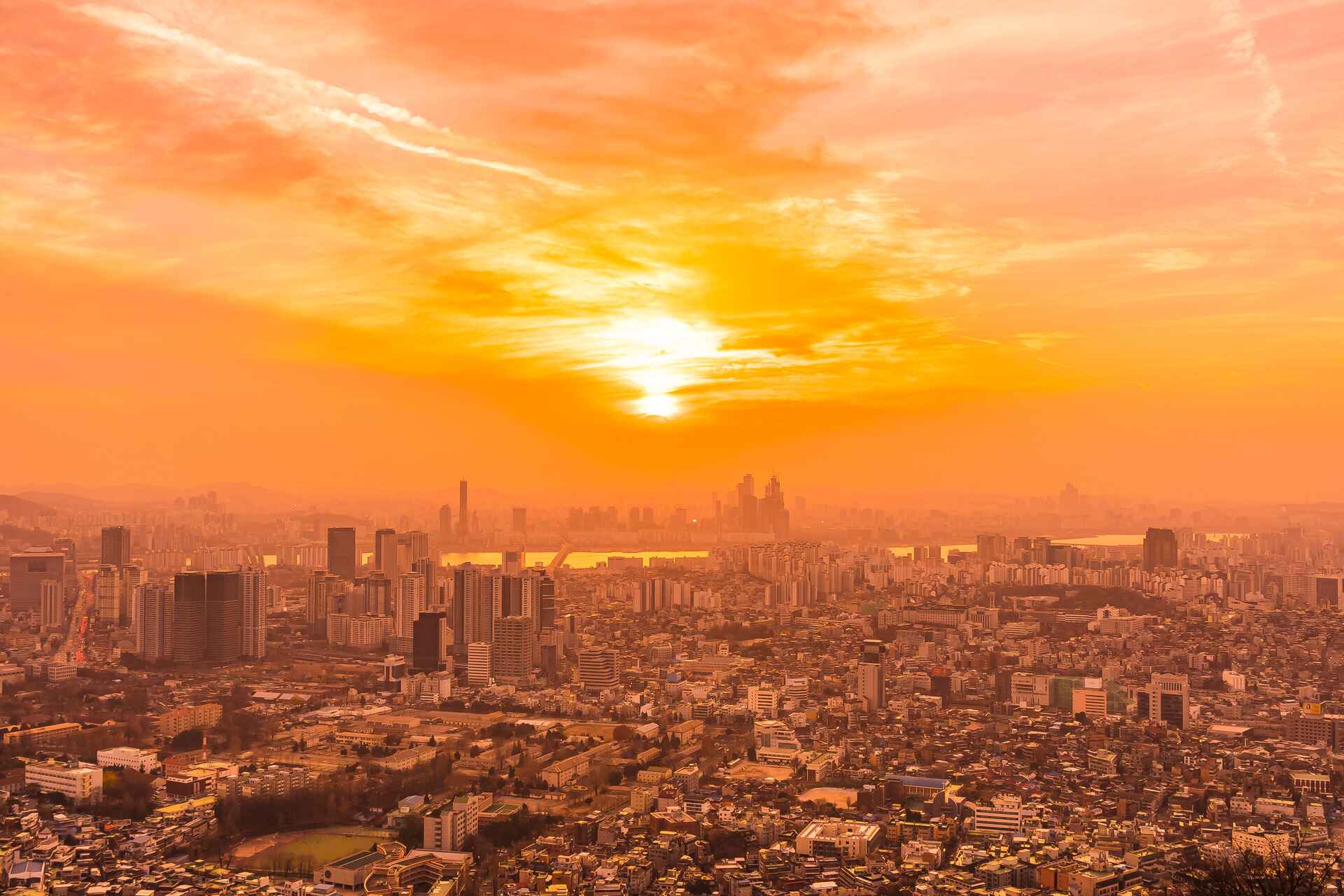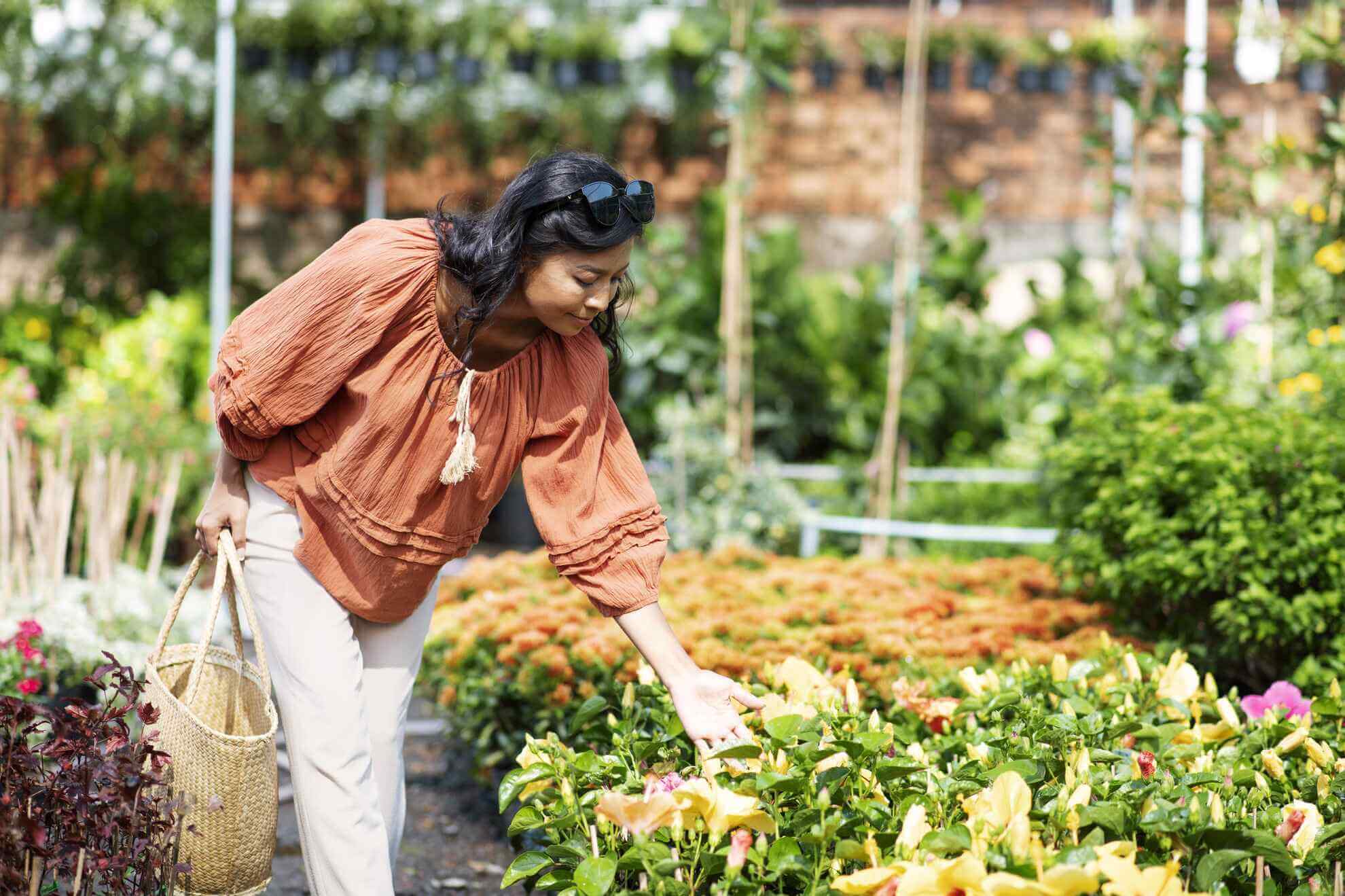The Transformative Power of an Urban Green Space
Discover how an urban green space can improve air quality, boost health, strengthen communities, and drive economic growth for more sustainable cities.
.webp)
Urban green spaces have the power to turn cities into sustainable centres. They provide environmental, health, social, and economic benefits. Urban green spaces can reduce urban heat, improve air quality, better mental health, and support biodiversity.
As cities grow, it's becoming more challenging to find greenery. Instead, concrete structures and busy streets define urban life.
City dwellers are realising how important it is to be able to access green spaces. This includes parks, gardens, tree-lined avenues, and rooftop greenery.
These green spaces don't just make cities and everyday living more beautiful. They also provide space for recreation and relaxation.
Above all, urban green spaces play an important role in sustainability. They improve mental well-being, help build social connections, and promote a healthier lifestyle.
Green spaces aren't just optional but necessary. The key elements required for our greener future cities.
If you want to know more about how an urban green space can transform cities, keep reading.
Definition of an Urban Green Space
Urban green spaces are areas within cities and towns that are dedicated to vegetation, trees, and other natural elements.
Here are some of the most common types of urban green spaces:
- Parks and gardens
- Urban forests
- Green roofs and rooftop gardens
- Community gardens
- Greenways and trails
- Wetlands and water bodies
- Plazas with green elements
These spaces hold the key to transforming how we live in cities today.
They bridge the gap between nature and urban living. They help our cities remain healthy, sustainable and, more importantly, liveable.
According to the World Health Organisation (WHO), everyone should live within 500 metres of a green space.
The reason for this is that green spaces in cities come with a lot of benefits. They can be grouped into:
- Environmental benefits
- Health benefits
- Social benefits
- Economic benefits

Environmental Benefits of Green Spaces in Cities
Urban green spaces are highly beneficial for the environment. They can help cities become more sustainable and resilient.
Urban green spaces can help the environment through:
- Improved air quality
- Temperature regulation
- Carbon sequestration
- Stormwater management and flood prevention
- Biodiversity conservation
- Noise reduction
- Improved soil health

Trees and plants absorb pollutants. These pollutants include carbon dioxide (CO₂), nitrogen oxides (NOx), and particulate matter.
Green spaces act as natural air filters. They can reduce smog and improve urban air quality.
Green spaces also have the power to cool cities. They do this by providing shade and releasing moisture through evapotranspiration.
More importantly, they can help counteract the urban heat island effect. This happens when concrete and asphalt absorb and retain heat.
More greenery means less carbon in the atmosphere, contributing to climate change mitigation.
Green areas can also absorb rainwater, reducing runoff and preventing flooding. They filter pollutants before water reaches rivers and lakes.
This, in turn, improves water quality.
Parks and green areas serve as habitats for birds, insects, and other wildlife. They help maintain urban ecosystems.
Green spaces also support pollinators like bees and butterflies.
Urban green spaces can also help deflect noise pollution. Trees and shrubs are very good natural sound barriers. This creates quieter, more peaceful urban environments.
They also prevent soil erosion by stabilising land with plant roots. Soil is enriched with organic matter.
This improves soil fertility and water retention.
The Impact of an Urban Green Space on Health
Urban green spaces provide various health benefits. This applies to physical and mental well-being.
Here's how urban green spaces can contribute to a healthier lifestyle:
- Improved mental health
- Encouraged physical activity
- Better respiratory health
- Reduced risk of chronic diseases
- Enhanced social well-being
- Better sleep
- Reduced heat-related illnesses

Exposure to greenery reduces stress, anxiety, and depression. Green spaces also promote relaxation and boost mood, reducing mental fatigue.
Spending time in nature enhances cognitive function and creativity. Parks and trails encourage walking, jogging, cycling, and other exercise.
Access to green spaces reduces sedentary behaviour, promoting an active lifestyle.
Not only that, but regular exercise in nature improves heart health. It can even help with weight management.
Trees and plants also help improve air quality by filtering pollutants. Cleaner air reduces the risk of asthma, lung diseases, and other respiratory issues.
Green spaces can even help lower blood pressure and reduce the risk of heart disease.
That's because regular outdoor activity decreases the chances of obesity, diabetes, and stroke.
Time in nature boosts immune function, helping the body fight illnesses.
Parks and gardens promote social interactions, reducing loneliness and isolation.
Community activities in green spaces, like parks and urban farms, help us feel more connected.
Your sleep cycle can improve when you're exposed to natural light and fresh air. People who spend time in green environments tend to have better sleep quality.
Trees provide shade and cooling, preventing heatstroke and dehydration.
To add to that, green spaces help cities stay cooler, reducing heat-related health risks.
Social Benefits of an Urban Green Space
Urban green spaces provide significant social benefits. They help build stronger, healthier, and more connected communities.
Here are the most important health benefits of green spaces in urban areas:
- Strengthening community bonds
- Encouraging inclusivity and accessibility
- Enhancing public safety
- Promoting cultural and recreational activities
- Supporting education and learning
- Reducing social stress and improving well-being

Parks and gardens bring people together, promoting social interactions and relationships.
They serve as places where families, friends, and neighbours can gather.
Green spaces are open to all. They provide a common ground for people of different ages, backgrounds, and cultures.
Well-designed parks include playgrounds, walking paths, and seating areas. They're accessible to everyone and should be treated as inclusive and safe spaces for all.
Vibrant, well-maintained green spaces can even reduce crime rates by encouraging community presence.
In fact, more people in public spaces create a sense of security and shared responsibility.
Parks may host various cultural and recreational activities. For example, festivals, concerts, outdoor yoga, and community events.
Green areas serve as outdoor classrooms. Children learn about nature, sustainability, and biodiversity when they're outside.
Community gardens can also be educational. They teach people about food production, nutrition, and environmental responsibility.
Access to green spaces reduces urban stress.
It provides a peaceful escape from city noise and congestion. Nature-filled environments promote relaxation and emotional resilience.
Economic Benefits of Green Spaces in Urban Areas
Urban green spaces provide significant economic benefits. They can boost local economies, property values, and financial well-being.
These are some economic advantages of green spaces in urban areas:
- Increased property values
- Boosted local businesses and tourism
- Reduced healthcare costs
- Jobs and economic opportunities
- Lower energy costs
- Investments and businesses
- Reduced costs of stormwater management

Homes and businesses near parks, gardens, and green spaces have higher property values.
Not to mention that green spaces attract visitors, shoppers, and tourists. This benefits nearby cafes, restaurants, and retail stores.
Green spaces make cities more beautiful. In other words, cities with green spaces are a desirable place to live and work.
Access to parks encourages physical activity. This may reduce medical expenses related to obesity, heart disease, and mental health issues.
Similarly, green spaces help lower stress and depression rates. The demand for healthcare services may decrease because of this.
Maintaining parks, gardens, and tree-lined streets generates jobs in landscaping, maintenance, and tourism.
Urban agriculture and community gardens create economic opportunities. They do this by providing fresh produce and local markets.
Trees and green roofs help cool urban areas. This reduces the need for air conditioning in summer.
Companies prefer to set up offices in green, vibrant cities that offer a better quality of life.
Green infrastructure enhances urban resilience. It makes cities more attractive for long-term investment.
Green spaces can also absorb rainwater, lowering the need for expensive drainage systems. They help prevent flooding and infrastructure damage.
This can save cities millions in repair costs.
Why Are Green Spaces Important in Urban Areas
Urban green spaces are more than just patches of nature in cities. They are key to a healthier, more sustainable, and more connected urban life.
These spaces provide environmental benefits, improve public health, and foster community bonds.
If you're interested in building green spaces, whether it's a green roof or a green wall, Evergreen Infrastructure can help.
We're a team of green space experts dedicated to designing and building green spaces in the busy city environment.
If you want to know more about our services, feel free to reach out to us.
{{cta}}
We create green oases in urban settings
We'd love to discuss how we can partner to bring innovative, sustainable solutions to your urban environment.
.webp)
.webp)
.webp)


